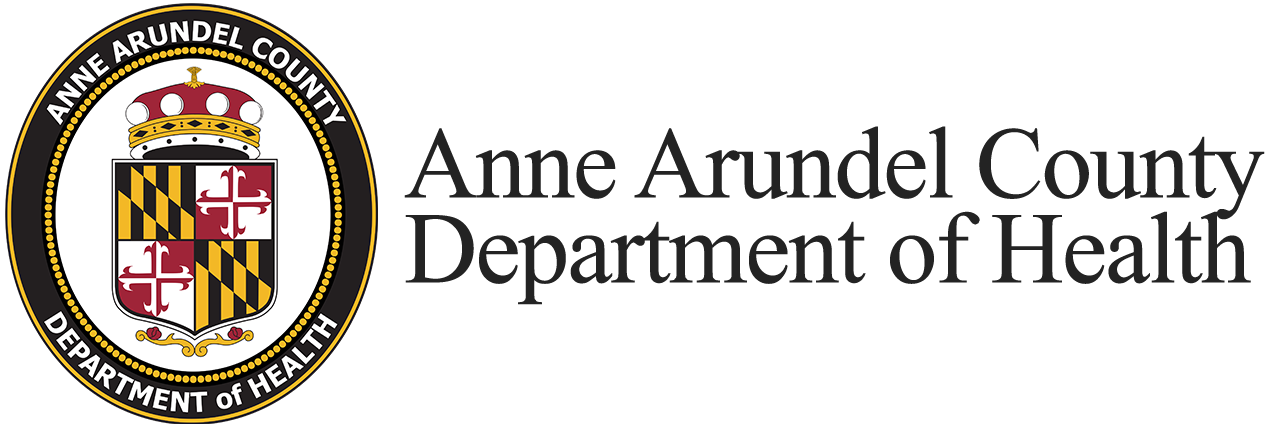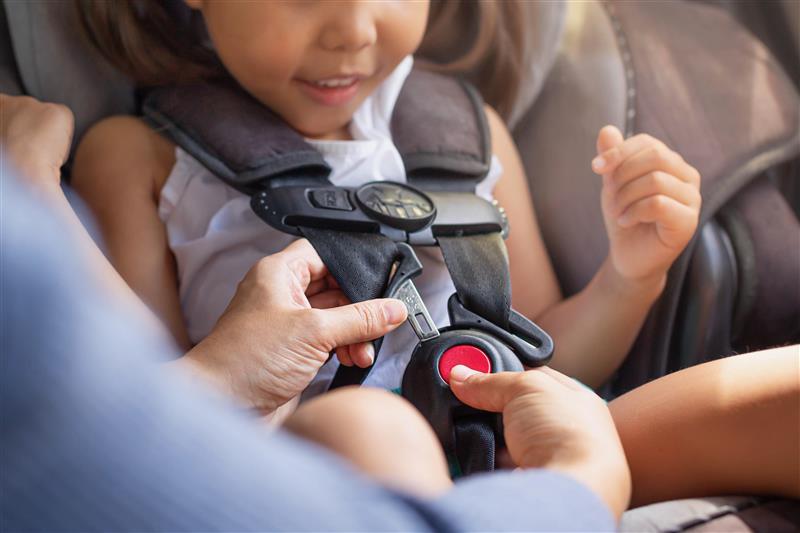In April 2022, Maryland lawmakers passed SB 176, a bill that will upgrade the state’s law that protects children traveling on our roadways. The new law goes into effect on October 1, 2022, and states that children must be kept rear-facing until at least two years of age, unless the child meets or exceeds the height and weight on the seat’s guidelines. Having a seat that properly fits the child is also another important consideration. SB 176 brought Maryland in line with laws in 16 other states (CA, CT, IL, LA, ME, NE, NJ, NY, NV, OK, OR, PA, RI, SC, VA, WA) and the District of Columbia.
What should I know before purchasing a car safety seat?
The National Highway Traffic Safety Administration (NHTSA) provides information that allows consumers to identify child safety seat restraints that affect ease of use.
What should I know about installing my child’s car safety seat?
- Always refer to the car seat manufacturer’s instructions for specific directions on properly using the car safety seat.
Partners for Child Passenger Safety features video clips, highlighting rear-facing seats, forward-facing seats, booster seats and LATCH. - Check to make sure your child is using the right car safety seat.
Make sure your child’s safety seat is the correct seat for the child’s height and weight and is positioned in the right direction. Your child should remain in a rear-facing car seat until he or she reaches the top height or weight limit allowed by your car seat’s manufacturer. Once your child outgrows the rear-facing car seat, keep your child in a forward-facing car seat with a harness and tether until he or she reaches the top height or weight limit allowed by your car seat’s manufacturer. It is very important to read the car seat manual to determine if the seat fits your child. - Check to be sure the harness strap and harness clip are snug.
The harness strap should be adjusted so that only one finger can be slipped underneath the strap at your child’s chest. The harness clip should be fastened at armpit level. - Move children to a booster seat when they outgrow the toddler seat.
Once your child outgrows the forward-facing car seat with a harness, it’s time to travel in a booster seat, but still in the back seat. Keep your child in a booster seat until he or she is big enough to fit in a seat belt properly. For a seat belt to fit properly the lap belt must lie snugly across the upper thighs, not the stomach. The shoulder belt should lie snugly across the shoulder and chest and not cross the neck or face. Remember: your child should still ride in the back seat because it’s safer there.
Where can I get my child's car safety seat inspected?
The following places have personnel trained to check your child's car safety seat.
- Fitzgerald Annapolis Auto Mall Child Safety Seat Checks Call 301-548-4847
- Maryland Kids in Safety Seats (KISS) Sign up for virtual and in-person car seat safety checks.
What is Maryland's Child Passenger Safety Law?*
Maryland's Child Passenger Safety Law requires that children under 8 years old be in a car safety seat unless they are taller than 4 feet 9 inches. However, these are minimal standards and children should remain in their child safety seat until they can fit the lap and shoulder belt correctly. Check your safety seat manufacturers' instructions for weight and height limits as they can vary.
The following links provide more information:
- Car Seats and Booster Seats
- American Academy of Pediatrics
- Maryland Kids In Safety Seats
- Maryland Law
- National Highway Traffic Safety Administration
- Zero Deaths Maryland
For more information on child safety seats or other injury prevention programs in Anne Arundel County, call 410-767-6016


